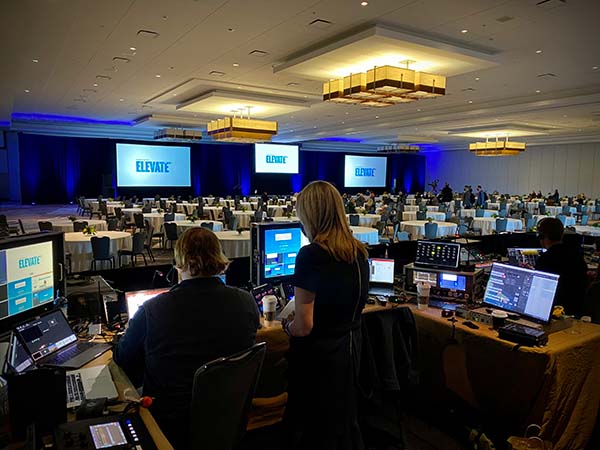Selecting the Ideal Dot Pitch for Optimal Light Emitting Diode Wall Efficiency
Selecting the Ideal Dot Pitch for Optimal Light Emitting Diode Wall Efficiency
Blog Article

When it pertains to LED walls, one of the important elements to consider is pixel pitch. Dot pitch is defined as the space between the centers of two adjacent pixels on an light-emitting diode display. This metric is usually expressed in millimeters. Understanding pixel pitch is essential because it explicitly affects the resolution and sharpness of the visuals displayed. A reduced pixel pitch means that the pixels are closer together, leading to a greater resolution, while a bigger pixel pitch yields in a lower resolution. Therefore, selecting the right pixel pitch is vital for obtaining peak LED wall performance.
The choice of pixel pitch often is influenced by the sight distance. For instance, if the LED wall is meant to be viewed from a distance, a bigger pixel pitch may be appropriate. This is due to the fact that the human eye cannot easily discern individual pixels when they are farther away. On the other hand, if the wall will be observed up close, a reduced pixel pitch is needed. In situations such as inside events, where viewers are typically closer to the screen, a smaller pixel pitch will offer a crisper and more distinct image. Hence, understanding how sight distance impacts pixel pitch is key to making an informed decision.
Another important consideration is the intended use of the light-emitting diode wall. Various applications, such as promotion, concerts, or conference presentations, may require varied pixel pitches. For example, an light-emitting diode wall used for advertising in a shopping center may gain from a pixel pitch that facilitates vibrant colors and high detail so that it grabs the focus of passing shoppers. Conversely, an outdoor LED wall used at a concert may focus on brightness and visibility rather than resolution, allowing for a larger pixel pitch. Therefore, the particular context in which an LED wall will be utilized is vital for determining the appropriate pixel pitch.
Pricing is also a major factor when selecting pixel pitch. Typically, LED displays with reduced pixel pitches tend to be more expensive due to the increased density of pixels and the sophisticated technology required for manufacturing. Although it may be enticing to opt for a high-resolution display with a reduced pixel pitch, financial constraints often necessitate a balance between quality and price. Organizations should evaluate their needs and decide how much they are prepared to invest in an light-emitting diode wall, ensuring that the pixel pitch matches with their financial capabilities while still meeting functional expectations.
Finally, it is essential to take into account the maintenance and durability of the LED wall when choosing pixel pitch. check this link right here Displays with reduced pixel pitches can sometimes be more fragile and may need more careful handling and maintenance. Regular upkeep is necessary to ensure that the display functions optimally over time. Knowing the maintenance needs and potential challenges associated with varied pixel pitches can help organizations make a more informed choice. By considering all these factors, including sight distance, intended use, cost, and maintenance, individuals can choose the perfect pixel pitch for optimal LED wall functionality.